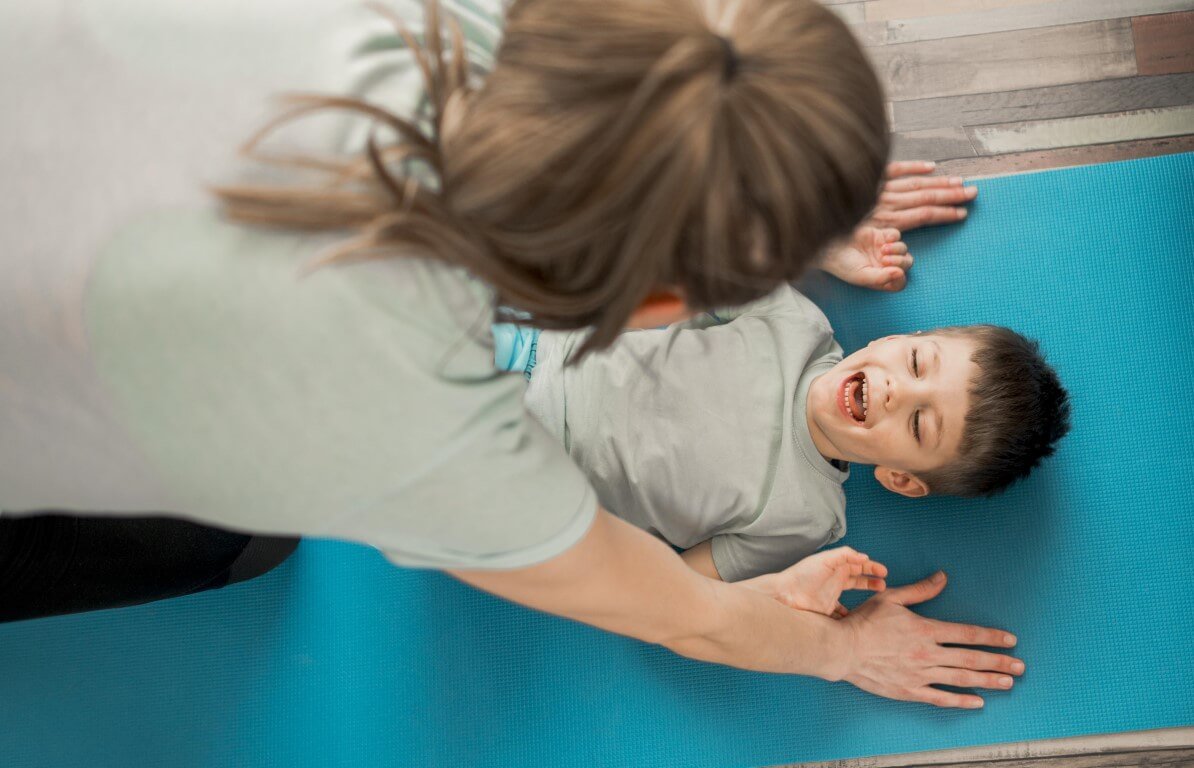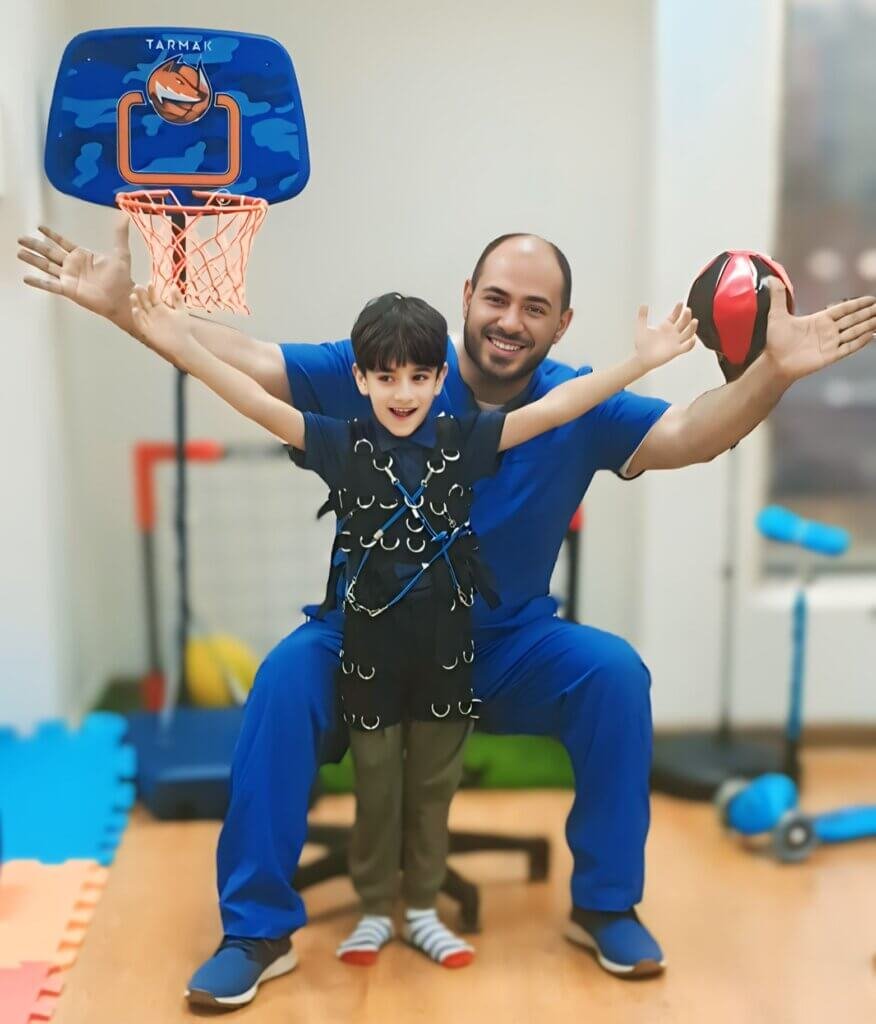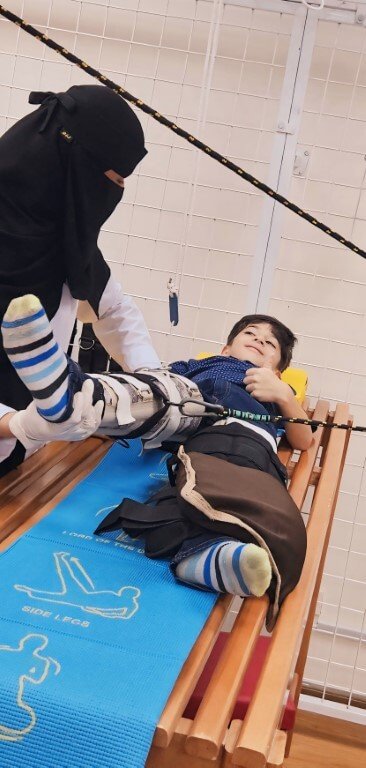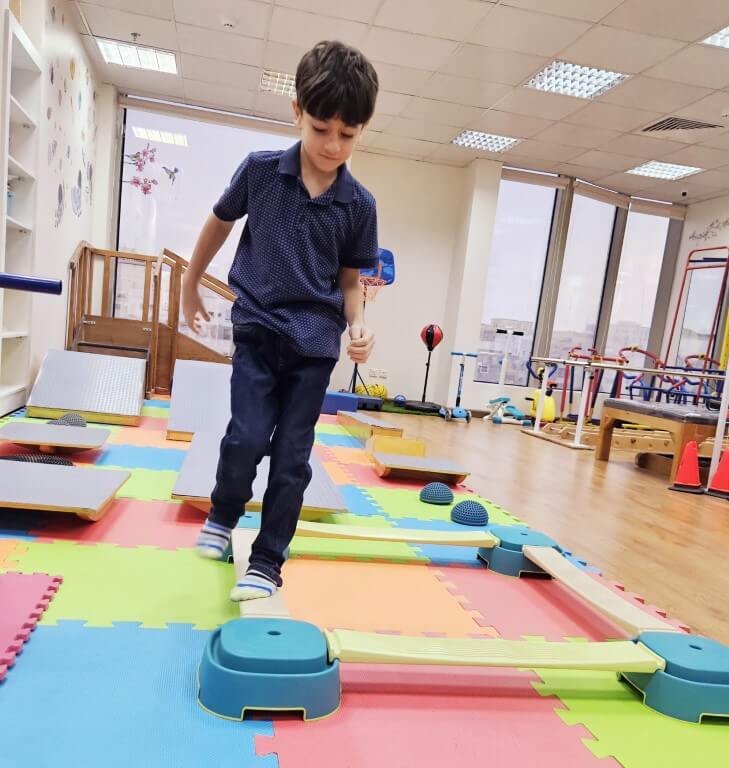
- Accelerates motor development: Helps improve basic motor skills such as crawling, sitting, standing and walking faster and more efficiently.
- Promoting independence: aims to enable the child to carry out daily activities as independently as possible.
- Reduce the side effects of disability: It can relieve muscle pain and stiffness and improve range of motion.
- Improves balance: Helps the child control his body and maintain balance.
- Pain Reduction: Relieves muscle pain and stiffness associated with the condition.
- Improving the quality of life: It contributes to increasing the child’s self-confidence and improving his social interaction.
Duration and number of sessions: There is no specific number of sessions or specific duration for intensive physical therapy, as this depends on several factors:
- Child's condition: severity of disability and age.
- Treatment goals: the skills that the treatment seeks to achieve.
- The child's response to treatment: how much progress he or she is making.
Intensive therapy sessions are usually longer and more frequent than regular sessions. A single session may last 1.5 to 2 hours a day, three days a week, up to 4 to 5 sessions a day, 5 days a week, and there may be several combined intensive physical and occupational therapy sessions a week.
- Assessment: The therapist assesses the child's condition, movement, strength, and range of motion.
- Goal setting: Determine short- and long-term treatment goals.
- Training: Use a variety of techniques and exercises to improve movement, strength, and coordination.
- Manual therapy: Manual techniques to improve range of motion and relieve muscle tension.
- Advice and guidance: Providing advice to parents on how to continue treatment at home.











